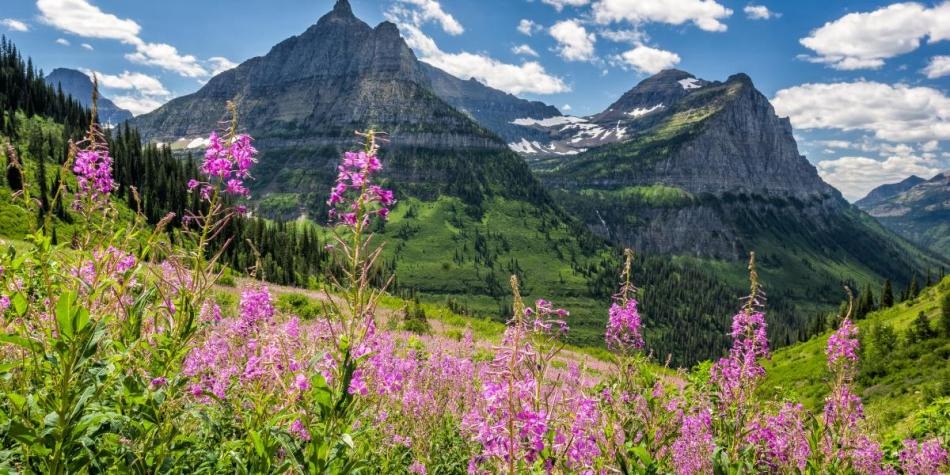Oct 1 2019
Species have some options with regards to enduring climate change — they can genetically adjust to new settings, alter their ranges, or both.
 Previous studies have looked at issues of dispersal and adaptation, but tend to focus on a single species. (Photo credit: istock)
Previous studies have looked at issues of dispersal and adaptation, but tend to focus on a single species. (Photo credit: istock)
But new research in PNAS shows that conflicts between species as they adjust and shift ranges could cause experts to miscalculate extinctions, and underscores the significance of landscape connectivity.
Scientists at the University of British Columbia (UBC) and the University of Montpellier attempting to understand how species might react to climate change conducted extensive computer simulations which reveal that although genetic adaptation and movement to climate change each help preserve biodiversity, these two factors could clash.
Dispersal can be defined as the movement of species across landscapes, while adaptation is the evolutionary reaction of organisms to changes in the environment. When species both disperse and adapt, faster evolving species thwart slower adapting species from shifting their ranges, forcing them to extinction.
According to lead author of the study and ecologist Patrick Thompson at UBC, the study stresses the value of wildlife corridors, which can help protect the largest biological diversity possible. In addition, it underlines the risks of fragmenting a landscape, for instance by building barriers or dividing the land with roads.
The good news is this conflict between moving and adapting is reduced when movement rates are high, which emphasizes the importance of maintaining well-connected landscapes.
Patrick Thompson, Study Lead Author and Ecologist, University of British Columbia
Earlier studies have explored problems of dispersal and adaptation, but are inclined to concentrate on a single species. By modeling an environment with numerous species interacting, the scientists hope to provide an improved understanding of the threats that climate change poses for biodiversity.
If we don’t account for both dispersal and adaptation, we can overestimate how many species might survive in a changed environment.
Patrick Thompson, Study Lead Author and Ecologist, University of British Columbia